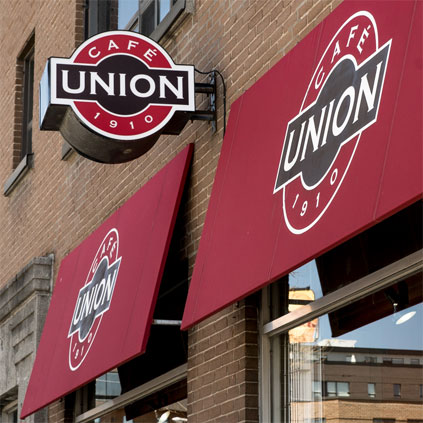
Brewing tips
An excellent coffee is produced in several stages, each requiring an attention to detail. The preparation of the beverage is the final step, proof of the farmer’s relentless work.
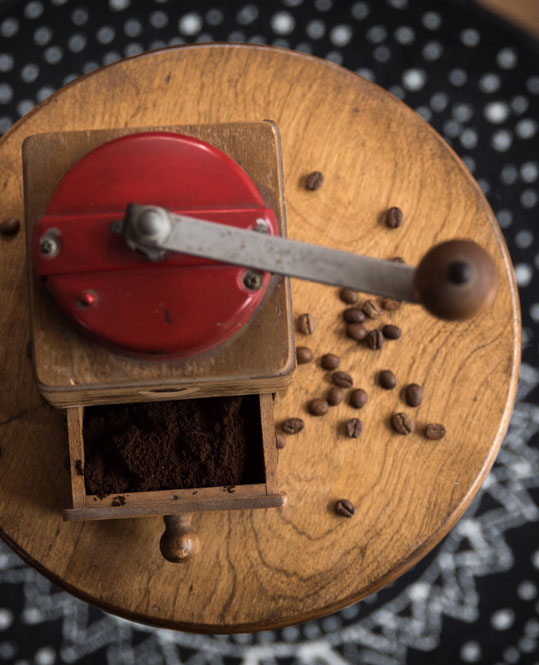
Grinding and Grinders
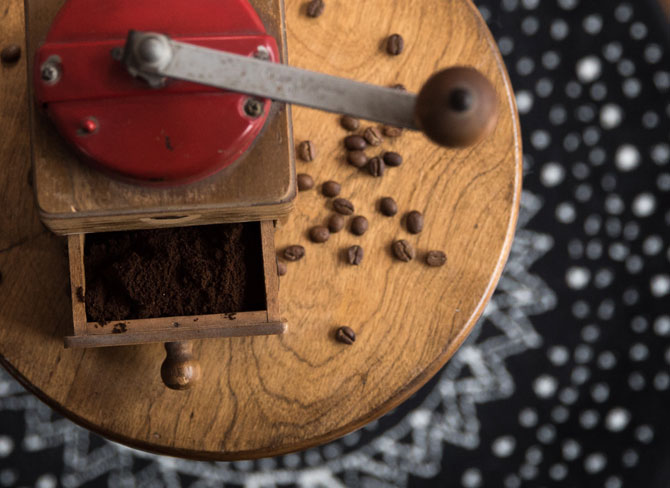
It is important to know that coffee is best enjoyed when ground seconds before making the drink. When ground in advance the coffee is exposed to air, which will not only cause rapid oxidation of the grounds but will also result in loss of its aroma when brewed. There are two types of electric grinders used to obtain ground coffee: the first one crushes the roasted coffee beans while the other shears them.
The most commonly used is the blade grinder which relies on two rotating blades turning at high speed in order to crush the coffee beans. Unfortunately, this grinder comes with three disadvantages. First of all, it often overheats the coffee beans which may affect the taste. Secondly, it produces an uneven grinding made up of chips instead of balls, which may clog the filter holder of the coffee maker. And finally, one can only modify the grind size by controlling the grind time.
The burr grinder is more expensive and its price may vary depending on the quality chosen. There are two type of burrs, flat or conical. Both type of burrs provide a similar grind. A burr grinder is a mill grinding coffee between two revolving abrasive surfaces separated by a distance usually set by the user. When the distance is larger, the resulting ground material is coarser. When the two surfaces are set closer together, the resulting ground material is finer and smaller. Often the device includes a revolving screw that pushes the coffee through. It may be powered electrically or manually. Burr mills do not heat the ground product by friction as much as blade grinders, and produce particles of a uniform size determined by the separation between the grinding surfaces.
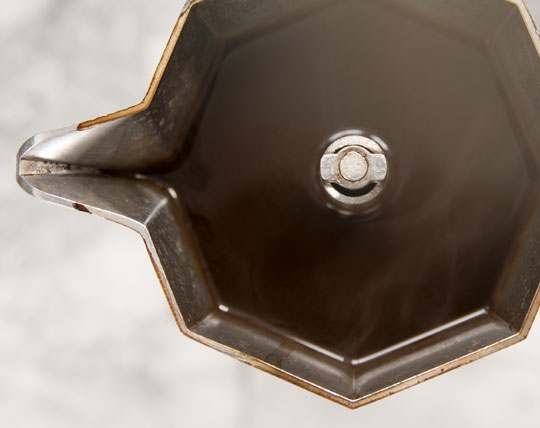
Coffee or Coffeemakers
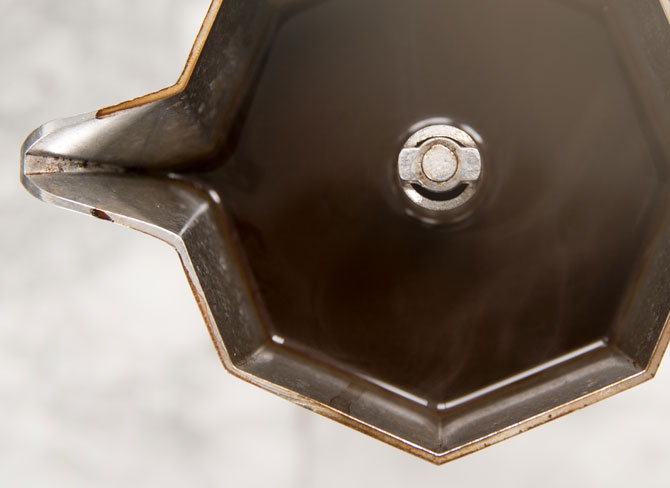
Recommended grinding:
Turkish or Greek: extra fine, powdery like icing sugar
Espresso: very fine, like table salt
Italian pressure coffeemakers: fine as sugar
Drip coffeemakers with filter holders (conical filters): fine as sugar
Automatic drip coffee makers (flat bottomed filters): medium, granular
Neapolitan coffeemakers: medium, like black pepper
French press coffeemakers (Bodum): coarse, like heavy-grained salt
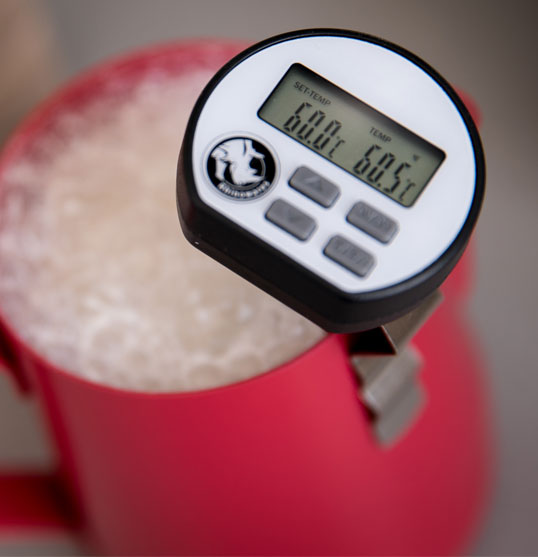
Water / Temperature
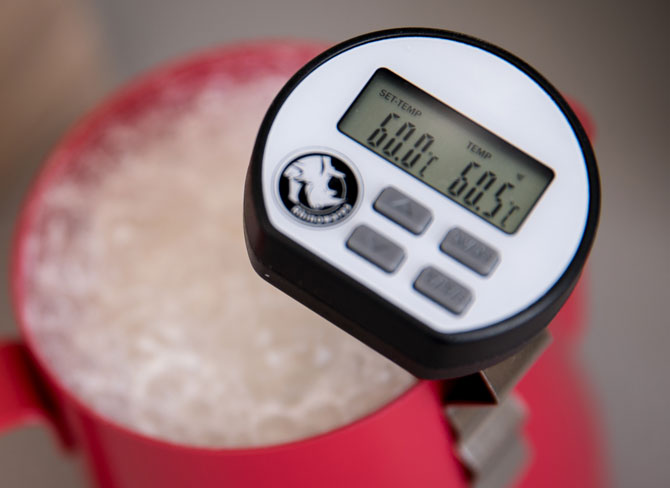
It might seem unnecessary to talk about water in the preparation of coffee, but water represents the most used ingredient for its preparation. 98% of your cup of coffee is water. The water with the least flavor will assure a tastier cup of coffee! However, reverse osmosis water should not be used since it has no mineral content, and will not be able to bring out the full flavor of the coffee.
No matter how the coffee is prepared, the water should be at a temperature ranging between 89°C and 96°C in order to correctly balance the coffee extraction, whether you are using a coffeemaker with filter, an espresso machine, or your favorite French press. With an adequate water temperature, all the flavors of the coffee will be completely extracted without being too bitter or too astringent.
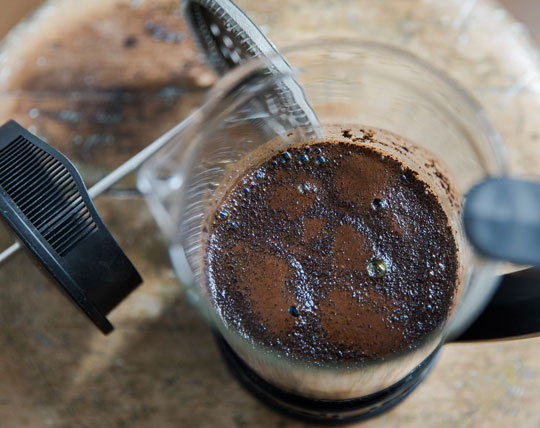
Brewing Time
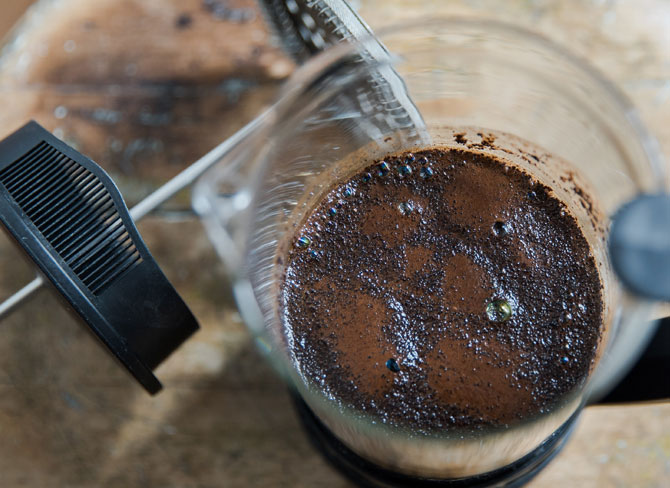
Ground coffee should remain submerged in water at the appropriate temperature for about four minutes; therefore, a larger grind should be used in coffeemakers with filters in order to retain the water long enough for better brewing. However, it is not recommended to let the ground coffee infuse too long in a French press before dropping the plunger.
Since espresso is made under high pressure, it should only take 22 to 29 seconds per extraction, thus producing 30 to 40 milliliters of liquid in your cup. The grind and dosage must be adjusted in order to obtain this result.
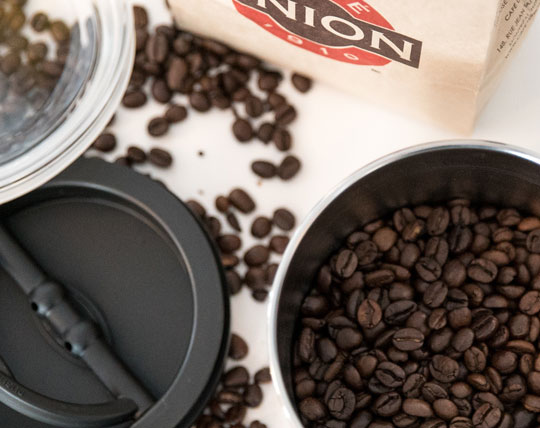
How to store coffee

Coffee storage is important, regardless of whether the bean is whole or ground. Either way, it is important to reduce contact with oxygen, humidity, and strong odors. It is best stored in an airtight container at room temperature, preferably in a cupboard, pantry or cellar.
Ground coffee can also be kept in a vacuum-sealed bag then transferred to an airtight container. It is recommended to buy a smaller quantity of coffee that can be consumed within 7 to 10 days of purchase.

